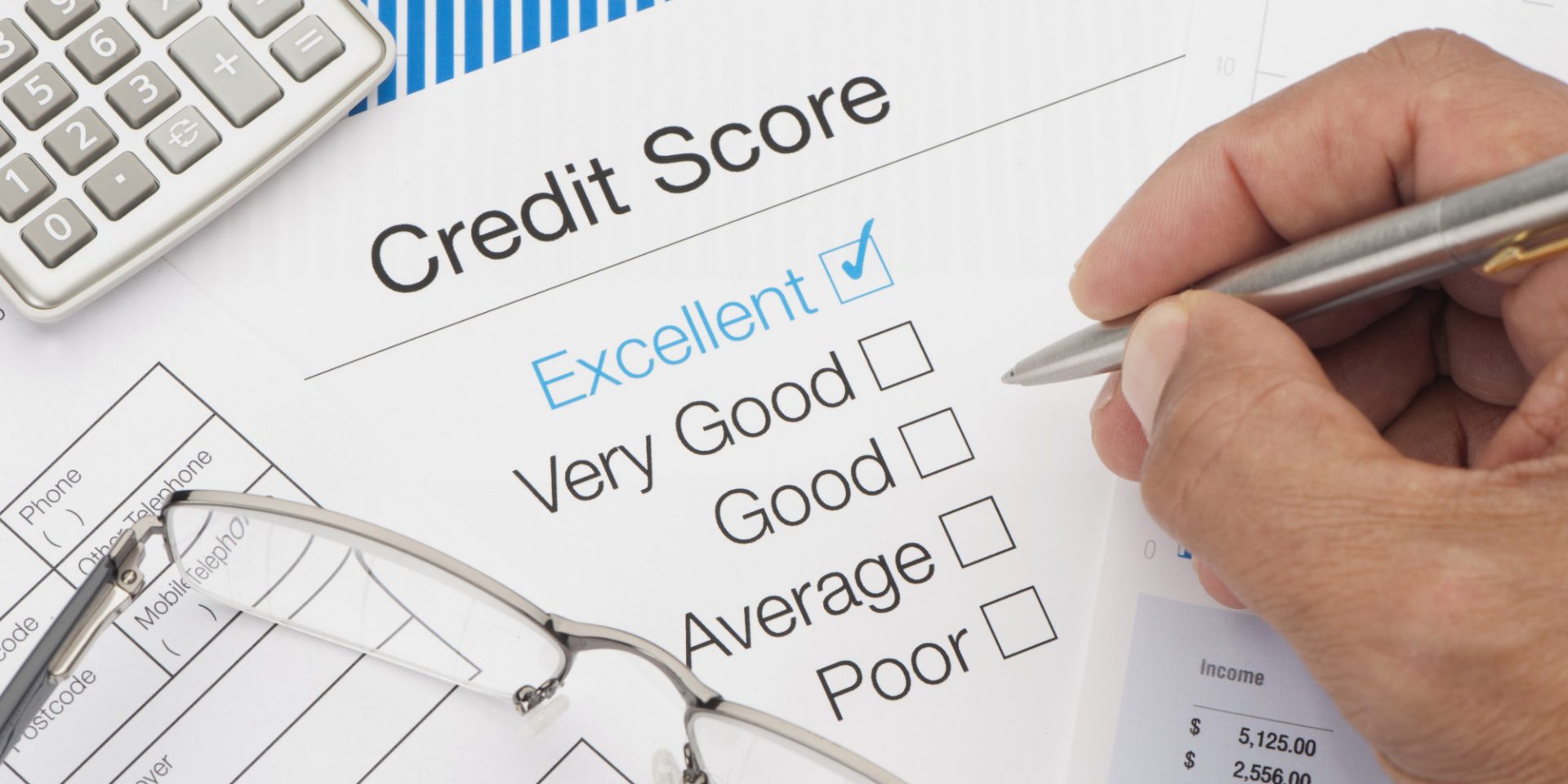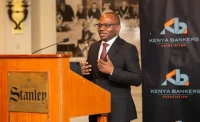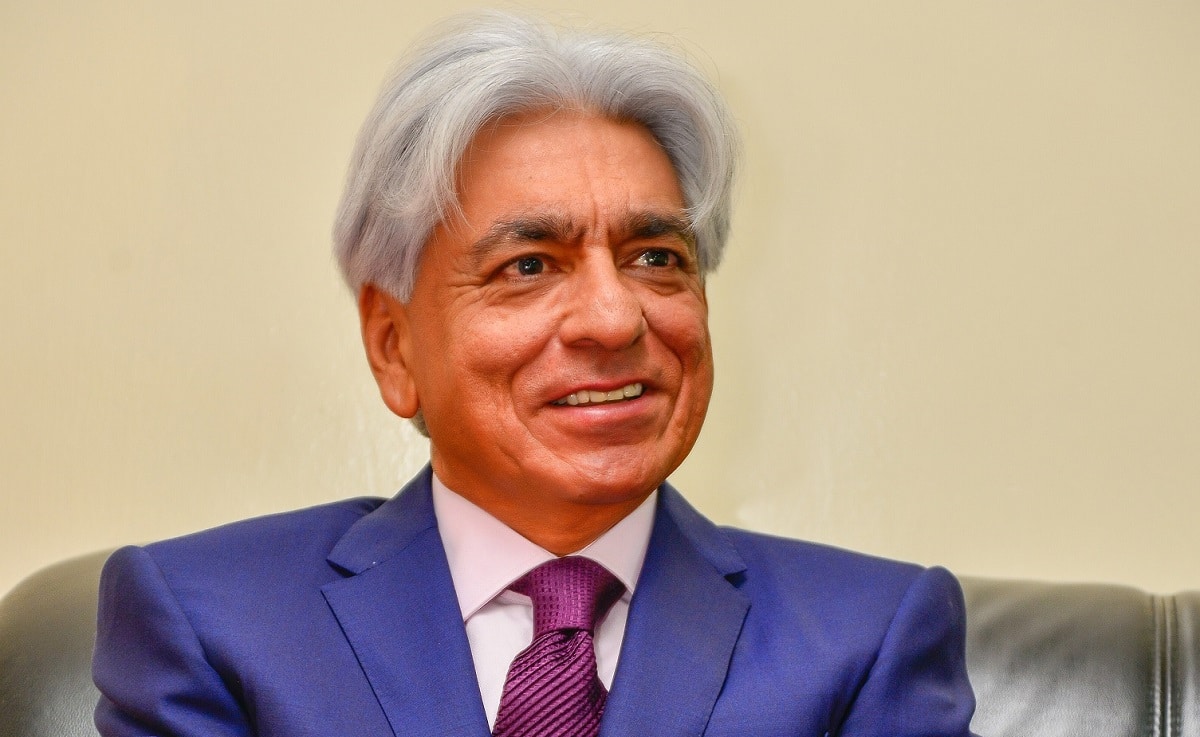Equity Group Holdings on Tuesday, August 23 announced its financial results for the first six months of 2022. The company saw its half-year net profit rise to Ksh23.7 billion, a 35% increase compared to Ksh17.5 billion in the same period last year.
The growth was attributed primarily to the significant increase in income. Equity saw its operating income rise 26.4% to hit Ksh65.6 billion for the half-year, up from from Ksh51.9 billion over the same period last year.
Equity’s loan book grew by 29% year-on-year to hit Ksh650.6 billion. The group’s government securities portfolio grew by 16 percent to reach Ksh365 billion, up from Ksh315.5 billion in H1 2021. Mwangi noted that yields on treasury bonds and government securities had been ‘relatively stable’.
Equity’s board has, however, not recommended the payment of an interim dividend for the period.
The group’s total assets stood at Ksh1.3 trillion in H1 2022. The regional lender operates in six countries.
Mwangi highlighted the growth of the DRC operation as key to the company’s future. He has previously disclosed that he expects the DRC to overtake Kenya as Equity’s biggest market by 2025.
“DRC is coming. DRC will be the game-changer,” he stated.
Mwangi further highlighted that uptake of digital and mobile banking channels were contributing to lower costs for the group.
“We are seeing a fall in fixed costs as customers serve themselves through digital channels,” he observed.
He also spoke on Equity’s recently unveiled Recovery and Resilience plan. Designed for the post-Covid era, the $6 billion (Ksh718 billion) aims to ‘create 25 million jobs, serve 100 million customers, loan 5 million businesses and have 25 million borrowing consumers’.
READ MORE>>James Mwangi’s New 4-Point Plan to Transform Africa’s Economy
He explained that that they were shifting their attention to expansion after prolonged focus on shielding customers from the impact of Covid-19.
“The measures we deployed to cushion our customers from the Covid-19 have worked well. We’re now shifting from mitigation strategy to expansion strategy, that is, the African Recovery and Resilience Plan to stimulate production,” he stated.
“The outlook suggests that there is potential of recovery. Our East African regional economy remains resilient,” Mwangi added.

![Equity Group CEO James Mwangi noted that the company was shifting focus to expansion from mitigation of the impact of Covid-19. [Photo/ Equity Bank Kenya]](https://businesstoday.co.ke/wp-content/uploads/2022/08/Fa00ZxdXgAAzKzy.jpg)











Leave a comment